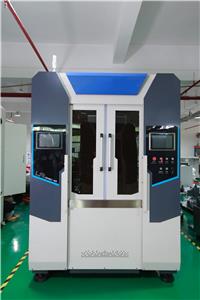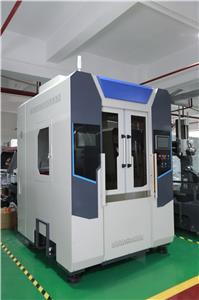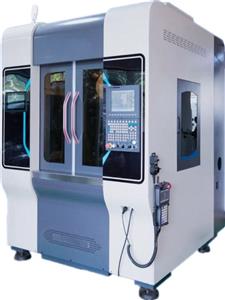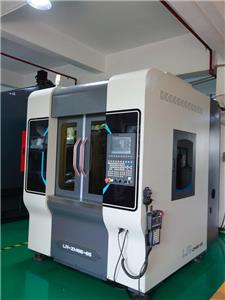- Home
- >
- News
- >
- Technical Insights
- >
- Precision Machining for Die-Cast Housings: A Guide to Overcoming Common Defects
Precision Machining for Die-Cast Housings: A Guide to Overcoming Common Defects
In the rapidly advancing world of New Energy Vehicles, the demand for high-precision components is paramount. A prime example is the electric drive housing, one of today's most demanding die-cast housings. The machining quality of its critical features, such as the bearing bores, directly determines the performance and lifespan of the entire drive system. However, achieving this level of excellence in precision machining is deeply dependent on the initial casting quality and overcoming common machining defects.
I. Dimensional Accuracy Issues
Common Problems: Bore diameter out of tolerance, insufficient roundness or cylindricity, poor position tolerance and coaxiality, and inadequate perpendicularity.
Core Causes:
Tool wear or improper cutting parameters.
Machining vibration (chatter) due to insufficient tool or fixture rigidity.
Thermal deformation during the machining process.
Accumulated errors from multiple clamping and positioning setups.
Degradation of the machine tool's own geometric accuracy (e.g., spindle runout).
Solution Strategies:
Tooling & Process: Use high-performance tools (e.g., CBN) and monitor tool life; implement separate roughing and finishing stages.
Setup & Equipment: Optimize the process to reduce the number of clamping setups; use high-precision 4/5-axis machining centers and specialized fixtures.
Environment & Inspection: Strictly control ambient and coolant temperatures; utilize a Coordinate Measuring Machine (CMM) for inspection and compensation.
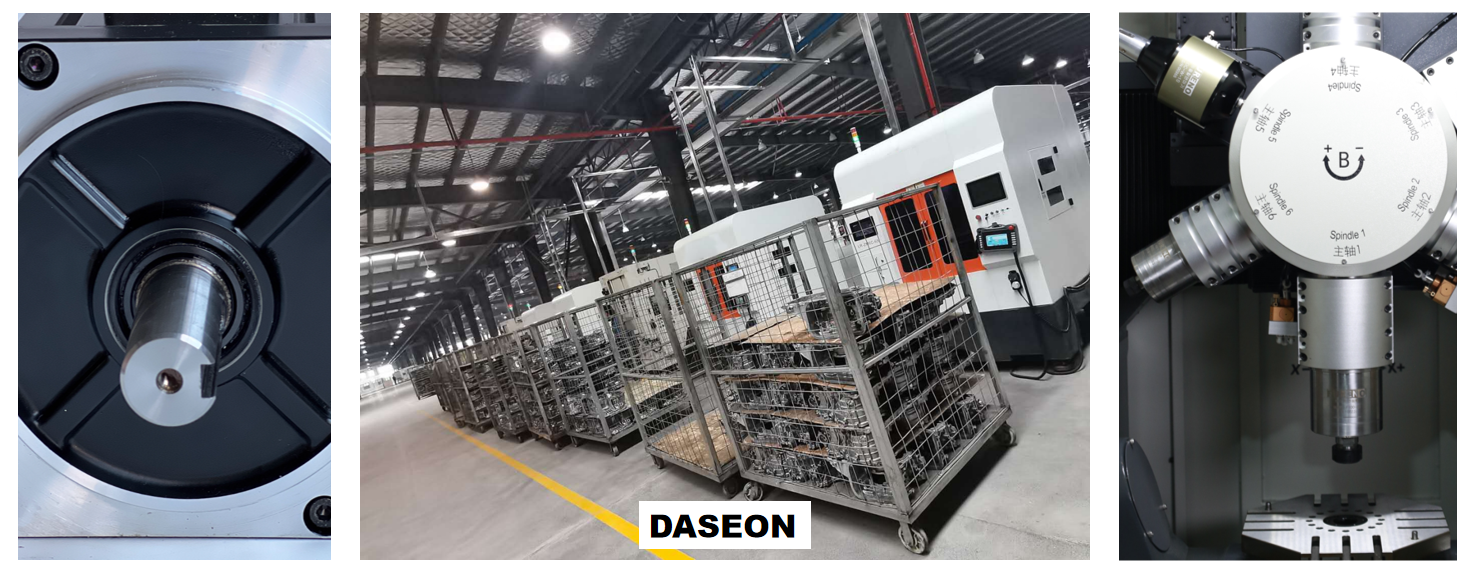
II. Poor Surface Finish Quality
Common Problems: Surface roughness exceeding specifications (e.g., Ra > 1.6μm), scratches, chatter marks, burrs, and exposed casting defects like porosity.
Core Causes:
Unsuitable cutting parameters (e.g., excessive feed rate during finishing).
A chipped tool cutting edge or poor chip evacuation causing scratches.
Poor initial casting quality, where the raw part contains defects like porosity or hard spots that are exposed during machining.
Solution Strategies:
Parameter Optimization: Apply a "high speed, low feed" principle for finishing cuts.
Tool Selection: Use tools designed for smooth chip evacuation and employ special tools for deburring.
Source Control: Improving the casting quality at the source is fundamental to reducing internal defects before machining begins.
Conclusion
The precision machining of die-cast housings is a systematic project that requires a comprehensive command of every stage, from ensuring high casting quality to controlling the final machining process.
Above, we have discussed common dimensional and surface quality problems. For more in-depth process optimization methods for these machining defects, we will provide a detailed analysis in future articles. Please stay tuned for our updates.

